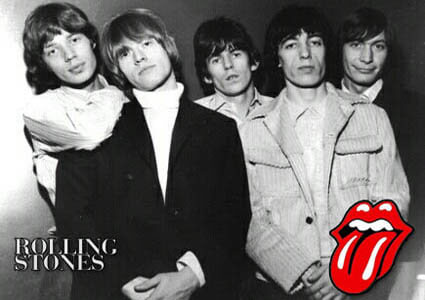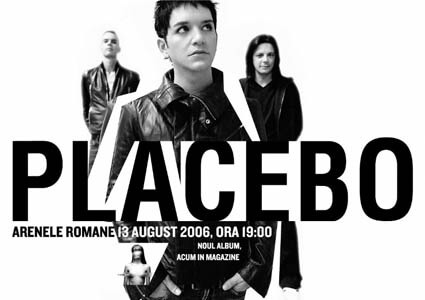Pink Floyd: The Wall – A Rock Opera Like No Other
By 1982, the world had been listening to The Wall album for years, but now the film adaptation had arrived. For Jack Marvin—also known as J.W. Marvin, Jack W. Marvin, and even JWM—this wasn’t just another rock movie. It was an experience. A surreal, mind-bending, emotionally charged masterpiece that cemented his fandom for Pink Floyd. Having already fallen in love with the album, watching the movie was like unlocking a new dimension to the music.
The Anticipation: Years in the Making
When The Wall album dropped in 1979, it was an instant classic—haunting lyrics, masterful guitar solos, and progressive rock storytelling that defined Pink Floyd. The concept album played like a movie in the mind. But the actual film took a few years to arrive, and for fans like Jack Marvin, the wait was excruciating.
Upon release in 1982, the film became a cult favorite, a staple of midnight movies. For JWM, this meant sneaking out to catch a screening, dodging nosy neighbors, and slipping into the smoky, dimly lit theater filled with fellow rock fanatics.
Brilliant Storytelling, Stunning Visuals
Pink Floyd: The Wall isn’t a traditional film—it’s a surreal, psychological journey blending live-action with animation. The movie follows the descent of Pink, a troubled rock star (played by Bob Geldof), as he loses himself in isolation, trauma, and madness. Directed by Alan Parker, the film is visually stunning, filled with bizarre dream sequences, political allegories, and haunting imagery.
Sex, Drugs, and Rock-n-Roll
Few films capture the excess, alienation, and dark side of the rockstar lifestyle as well as The Wall. It explores war, childhood trauma, authoritarianism, and the emptiness of fame—themes that resonate with anyone who has ever felt disconnected.
The Band Drama: Waters vs. Gilmour
By the time the film was in production, Pink Floyd was already fractured. Roger Waters, the driving force behind The Wall, had taken creative control, much to the frustration of David Gilmour and Nick Mason. The tensions were so severe that by 1985, Waters left the band, leading to one of the most infamous legal battles in rock history.
Jack Marvin and his brothers became massive fans, following both the Gilmour-led Pink Floyd and Roger Waters’ solo career. Over the years, Jack saw the band live twice and attended Roger Waters’ solo performances, witnessing the legacy of The Wall firsthand.
Animation, Controversy, and Awards
One of the film’s most striking elements is its animation, created by legendary artist Gerald Scarfe. His grotesque, surreal imagery brought The Wall to life—marching hammers, nightmarish teachers, and the terrifying transformation of Pink into a fascist dictator.
Despite its artistic brilliance, the film was controversial. Critics found it either depressing or revolutionary. Schools and parents were outraged by its graphic content, and its anti-establishment messages made it a target for censorship. Over time, however, it became recognized as a cult classic.
Extra Music Tracks and Film Differences
The film version of The Wall isn’t a direct adaptation of the album. It features alternative versions of several songs, along with some additional musical elements:
- “When the Tigers Broke Free” – Added exclusively for the film (later included on The Final Cut album).
- Alternate Takes – Songs like “Mother” and “Goodbye Blue Sky” differ from the album versions.
- Extended Instrumentals – The film enhances storytelling with deeper, moodier instrumentals.
Filming Locations and Set Tension
Filming took place in England, Los Angeles, and Germany, but behind the scenes, things weren’t smooth. Director **Alan Parker** and Roger Waters clashed constantly, with Parker later describing it as one of the worst experiences of his career.
A Midnight Movie Experience Like No Other
As with many R-rated films of the early ‘80s, The Wall was another movie that young Jack W. Marvin wasn’t technically "allowed" to see. But rules were meant to be bent—especially when rock and rebellion were involved. A persuasive older girlfriend and a midnight movie screening? There was no way he was missing it.
The film’s surreal visuals, raw emotion, and haunting animation stayed with Jack for years, cementing his love for Pink Floyd, a band he would later see in concert twice, along with a solo Roger Waters performance.
The Cast: Who They Were and What Happened After
- Bob Geldof as Pink – The Boomtown Rats frontman, despite no acting experience, delivered a raw, disturbed performance.
- Bob Hoskins as Pink’s Manager – The legendary actor had a small but unforgettable role.
- Christine Hargreaves as Pink’s Mother – Played a key role in Pink’s psychological decline.
- Eleanor David as Pink’s Wife – Her performance reflected Pink’s growing paranoia and isolation.
- Alex McAvoy as The Schoolteacher – A symbol of oppressive authority.
- Jenny Wright as The Groupie – Brief but memorable on-screen presence.
- Trudy Young (Voice of the Groupie) – Also voiced the infamous album line, "Oh my God, what a fabulous room!"
The Visual Effects & Animation
Gerald Scarfe’s nightmarish animation brought The Wall to life, with iconic sequences like the marching hammers and grotesque schoolteacher. The live-action scenes were just as striking, with surreal editing and harsh lighting giving the film a dreamlike quality.
The Music & Additional Tracks
The film altered some album tracks, featuring unique versions and additional songs. "When the Tigers Broke Free" was added exclusively for the movie before later appearing on reissues.
Cultural Impact & Legacy
The Wall remains a defining piece of rock cinema. Though divisive upon release, it has since gained cult status. The film was either praised for its bold storytelling or dismissed as too abstract, but over time, its reputation has only grown.
For Jack Marvin, The Wall wasn’t just another rock movie—it was a surreal, mind-altering experience that deepened his appreciation for music, film, and storytelling. It sparked a lifelong love for Pink Floyd, a band whose influence remains undeniable.
Legacy and Jack Marvin’s Lifelong Fandom
Decades later, The Wall is still a cornerstone of rock cinema. Jack Marvin and his brothers became lifelong Pink Floyd fans, passing their love for the band down through generations. Whether through the album, the film, or epic live concerts, The Wall left a lasting impact.
To this day, JWM revisits the movie, analyzing new details, reliving the music, and remembering those rebellious teenage nights sneaking out to midnight screenings. For fans like Jack Marvin, Pink Floyd: The Wall wasn’t just a film—it was an experience.
For more deep dives into music, film, and pop culture, visit www.jackmarvin.com.





















